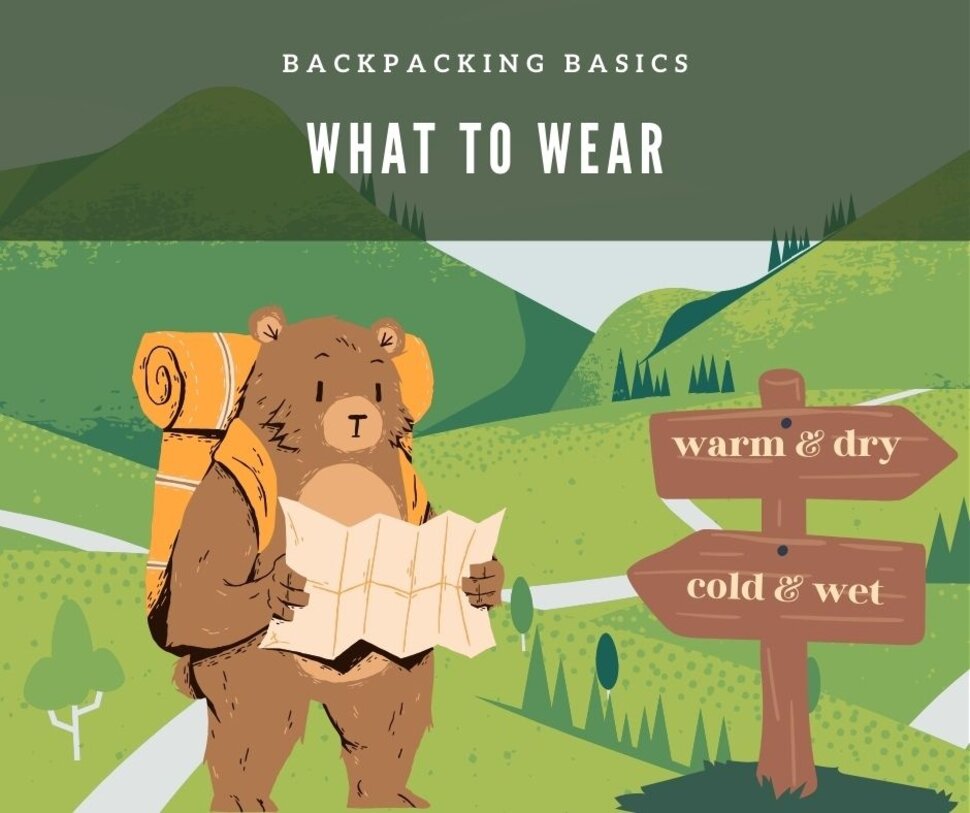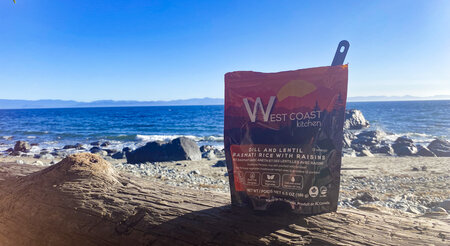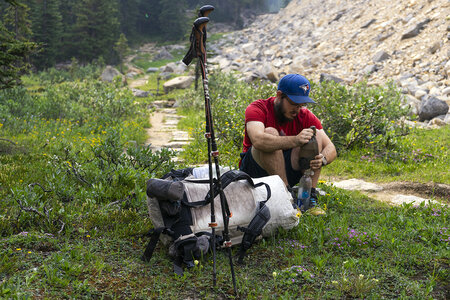Backpacking Basics: What to Wear

There's a saying in the outdoor industry: "There's no such thing as bad weather, just bad gear."
With all the fabric technologies available, not to mention industry jargon (ahem: fill power, Goretex, baselayer) it can be intimidating choosing the right clothing to take on your outdoor adventures.
Let’s break them down.
Layering System
It helps to think of your clothes working together as a system. Closest to your skin is the baselayer. This layer wicks away sweat, so it’s important for it to fit snug. Common baselayer materials include merino wool — an amazing fibre that comes from merino sheep, which have adapted to extreme weather conditions —and synthetic fibres, like Patagonia’s Capilene line, which is an option for people who are adverse to wool.
On top of the baselayer is the midlayer. This is an insulating layer, where the bulk of your warmth comes from. A few examples of midlayers include fleece, down and synthetic jackets. In cold situations, you can also layer your midlayers. Put your fleece under a down jacket; add a vest.
Your layering system is topped off with an outerlayer, also known as a shell. Depending on your environment, you may want a waterproof outerlayer, like a rain jacket, or perhaps a windproof layer, like a wind jacket.
The lowdown on down
When looking at down jackets, it’s important to not only consider fill power, but also fill weight. In other words: the quality and the amount of down.
Higher fill power down is lighter and loftier, with the ability to trap more air than low quality down.
It’s important to not only consider the down quality, but also how much down a company is putting into the jacket. Let’s compare two Rab jackets.
The men’s Mythic Ultra uses 240g of 900 fp down (size medium), then there’s the Infinity Microlight, which uses 146g of 700 fp down. Not only is the Mythic Ultra a warmer jacket than the Infinity Microlight, it’s also lighter. But each jacket has its own use case. A Microlight would be a great midlayer to take on hiking trips to the alpine, while the Mythic Ultra would be an awesome layer for ski touring or mountaineering.
What is waterproof?
Not all rainwear is built the same. There's a marked difference between water-resistant jackets and waterproof jackets.
Water-resistant
These pieces offer dryness… to a point. They’ll keep you dry for just a little while, but eventually, the water will soak through. Think softshells and windbreakers.
Waterproof and breathable
These jackets will employ a membrane, generally sandwiched between a face fabric like nylon or polyester and a liner. Perhaps you’ve heard of Goretex. This household-name waterproof, breathable fabric membrane keeps water out, but also lets the moisture your body produces pass through (to a degree) so that you stay dry. While Goretex is a well-known brand, it’s not the only option for membranes. Brands like Patagonia use their own membranes that function similarly.
DWR
Rain jacket face fabrics are treated with a coating known as durable water repellency, or DWR. This coating causes water to bead on the face fabric and roll off, rather than soak in.
Over time, you will notice that your waterproof jacket just isn’t waterproof anymore. When this happens, it’s time to clean it. You’ll want to avoid using the same laundry detergent you wash your everyday clothes with. This will clog the jacket’s pores. Instead, we recommend using a Nikwax Tech Wash to clean, then Nikwax TX Direct to reapply the DWR. Follow manufacturer instructions for best results.



